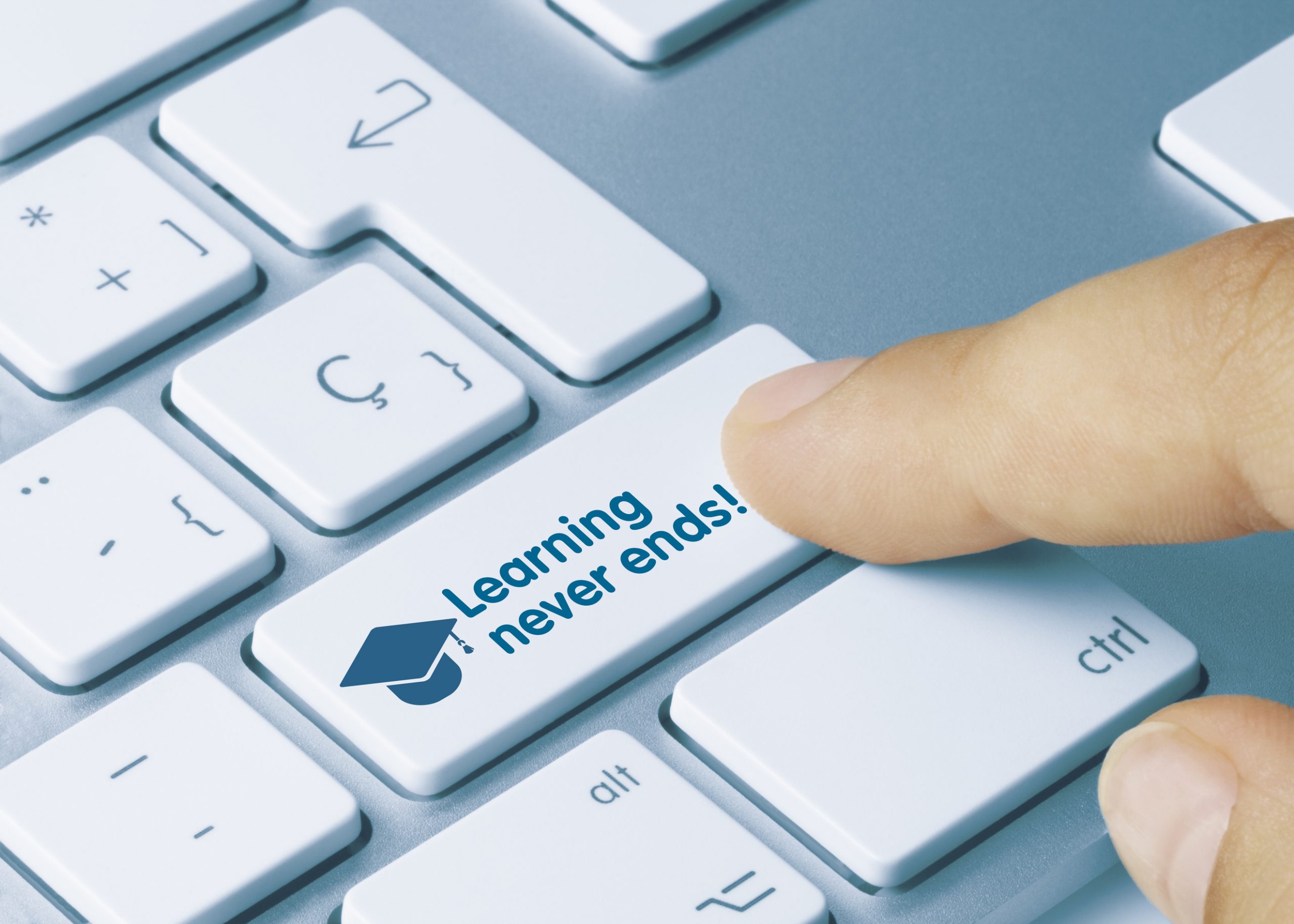Neuroscience in Learning: Maximizing Training Impact
Introduction: The Neuroscience-Learning Connection
In the fast-paced world of corporate Learning & Development, staying at the cutting edge is essential. One powerful tool that is transforming the way we approach training is the application of neuroscience. Learning & Development professionals are beginning to harness the insights from brain science to create brain-friendly training methods that significantly boost learning outcomes. In this comprehensive article, we’ll explore the exciting intersection of neuroscience and corporate training, uncovering how understanding the brain can revolutionize your approach to employee development.
To learn more about the latest trends in learning & development strategy, make sure to download a free copy of our eBook on modern L&D strategy by Nick van Dam.
Unlocking Potential: Neuroscience in Learning
Neuroscience in learning, often referred to as “neurolearning,” is the study of how the brain processes, retains, and applies information. By delving into the intricacies of brain function, Learning & Development professionals can design training programsthat align seamlessly with the brain’s natural learning processes.
Understanding the brain’s role in learning involves studying aspects such as memory formation, attention, and motivation. This knowledge is the foundation upon which brain-friendly training methods are built.
The Brain Science Behind Training
To maximize the impact of neuroscience in learning, it’s crucial to understand how the brain operates during the learning process. Here are key brain science principles:
- Neuroplasticity: The brain’s remarkable ability to adapt and change, even in adulthood, highlights the potential for ongoing learning and skill development. This concept challenges the notion that learning is limited to specific stages of life.
- Emotional Engagement: Emotions play a significant role in memory retention and motivation. Training that elicits positive emotions can enhance learning outcomes. Creating a positive and emotionally engaging learning environment can stimulate the release of neurotransmitters like dopamine, enhancing the brain’s receptivity to new information.
- Attention and Focus: The brain’s limited attention span emphasizes the importance of delivering information in manageable, bite-sized pieces. It’s not just about the content; it’s about how the content is presented. By recognizing the brain’s finite capacity for attention, trainers can design courses that optimize focus and retention.
Designing Brain-Friendly Training
Now that we’ve glimpsed into the neuroscience of learning, let’s explore practical strategies for incorporating brain science into training methods:
Active Learning: Encourage participants to engage actively with the content through discussions, problem-solving activities, and hands-on exercises. Active learning triggers brain areas associated with memory and comprehension. It promotes the formation of neural connections, solidifying learning.
Microlearning: Break down training content into bite-sized, digestible chunks. Short, focused sessions align with the brain’s limited attention span and promote retention. Microlearning mirrors the way the brain processes and stores information, facilitating quick recall.
Visual Storytelling: Leverage visuals and storytelling techniques to make information more relatable and memorable. The brain processes images and narratives more efficiently than raw data. Visual aids, infographics, and storytelling can engage the brain’s visual and narrative processing centers.
Feedback Loops: Implement regular feedback mechanisms to provide learners with timely insights into their progress. Constructive feedback activates brain regions associated with motivation and improvement. It taps into the brain’s reward system, reinforcing positive learning behaviors.
Spaced Repetition: Incorporate spaced repetition into training schedules. This technique capitalizes on the brain’s tendency to forget information over time and then relearn it more effectively during review. Spaced repetition helps consolidate knowledge in long-term memory.
Immersive Experiences: Create immersive, multisensory training experiences that engage multiple regions of the brain simultaneously. Virtual reality (VR) and simulations are valuable tools for this purpose. Immersive learning experiences mimic real-life scenarios, activating the brain’s sensory and motor regions.
Actionable Tips for Brain-Based Learning
Here are some actionable tips for Learning & Development professionals looking to apply brain science in their training programs:
- Stay Informed: Continually educate yourself about the latest neuroscience research and its implications for learning. Follow reputable neuroscience journals and blogs to stay up-to-date.
- Collaborate with Experts: Consider partnering with neuroscientists or educational psychologists to tailor your training methods to brain-friendly principles. Collaborative efforts can yield innovative, science-backed training approaches.
- Evaluate and Adapt: Regularly assess the effectiveness of your training programs and adjust them based on feedback and neuroscience insights. Implementing feedback loops and data-driven evaluations can help refine your training methods over time.
For more information on how to measure the ROI of your learning & development activities, listen to our free podcast “Does your Learning Make an Impact?” by the Head of Learning Measurement at Facebook.
As we look ahead, the integration of neuroscience into Learning & Development is poised to become even more integral. Here’s what the future might hold:
- Personalized Learning: Neuroscience can help tailor training programs to individual learning styles and cognitive strengths. Adaptive learning platforms, driven by AI and neuroscience insights, can create personalized learning paths for each employee, optimizing their potential.
- Enhanced Digital Learning: The digital revolution in learning is set to benefit from neuroscience. Virtual reality, augmented reality, and brain-computer interfaces are likely to play a more significant role in immersive and brain-friendly training experiences.
- Measuring Cognitive Load: Neurotechnology is evolving to measure the cognitive load on learners in real time. As a result, trainers can adjust the pace and complexity of training materials to ensure optimal cognitive engagement.
- Neurofeedback: Neurofeedback training, where individuals receive real-time information about their brain activity, holds potential for boosting self-awareness and improving cognitive functions. This technology could find applications in elite leadership and high-performance training.
- Neuroethics: As we delve deeper into neuroscience’s capabilities, ethical considerations become crucial. Learning & Development professionals will need to navigate issues related to privacy, consent, and the responsible use of neurotechnology.
Implementing Neuroscience in Your Training Programs
Incorporating neuroscience into your training programs requires a structured approach. Here’s a step-by-step guide:
- Educate Yourself: Stay informed about the latest neuroscientific research by reading books, attending seminars, and collaborating with experts in the field.
- Assess Your Current Training: Evaluate your existing training methods and identify areas where neuroscience principles can be applied for improvement.
- Design Brain-Friendly Content: Restructure your training content to align with brain-friendly principles. Implement active learning, microlearning, and visual storytelling.
- Leverage Technology: Explore technology options such as e-learning platforms, virtual reality, and gamification to create immersive and engaging learning experiences.
- Collect Data and Feedback: Use data analytics to assess the effectiveness of your brain-based training methods. Gather feedback from learners to make continuous improvements.
- Stay Ethical: Be mindful of ethical considerations, especially when using neurotechnology or collecting sensitive data related to learners’ brain activity.
Conclusion: Empowering Learning with Neuroscience
Incorporating neuroscience into Learning & Development is more than just a trend; it’s a transformative approach that can revolutionize training outcomes. Understanding the brain’s intricate workings and applying this knowledge to training design can lead to increased engagement, retention, and overall effectiveness.
As Learning & Development professionals, your role in harnessing the power of neuroscience is pivotal. By staying informed, embracing innovation, and designing brain-friendly training programs, you can empower your organization and its employees to reach their full potential in the ever-evolving landscape of corporate learning.
To learn more about how to Optimize Digital Learning read our eBook Optimize Digital Learning.

Download free L&D content

Free eBook: Blended Learning
Blended Learning. Solved in one solution. Get the right blend of modern and traditional learning. Why Blended Learning is important? What works for one employee
Modern L&D Strategy by Nick van Dam
Download a free copy of our best-selling eBook with the newest trends in Learning & Development strategy by the former Global Chief Learning Officer at McKinsey & Co.

Free Learning & Development content

Optimizing L&D for Hybrid Workforces: Best Practices and Success Stories
In the contemporary corporate world, the emergence of hybrid workforces has heralded a significant paradigm shift in how organizations operate. For Learning and Development (L&D), this shift brings about unique challenges and opportunities. This article is your guide to navigating the complexities of hybrid workforces, offering comprehensive insights, practical tips, and inspiring success stories.

10 Strategies for Improving Learning Engagement and Motivating Learners
How can you keep your learners engaged and motivated? Whether you’re working in corporate training or as an educator, it’s important to have effective learning engagement strategies in place. By utilizing the right tools and techniques, you can enhance the learning experience and make your training more successful.

How to maximize employee engagement in L&D while minimizing costs
mployee engagement in learning and development (L&D) programs is crucial for the success of any organization. Engaged employees are more productive, more motivated, and more likely to stay with the company. However, with tight budgets and limited resources, it can be challenging for organizations to create L&D programs that engage employees while minimizing costs. In this article, we explore strategies for maximizing employee engagement in L&D programs while minimizing costs.
















